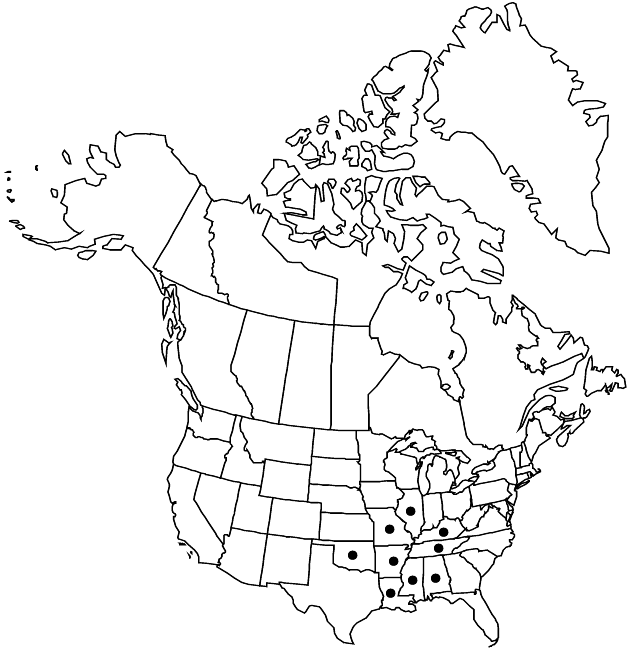Difference between revisions of "Helianthus silphioides"
Trans. Amer. Philos. Soc., n. s. 7: 366. 1841.
FNA>Volume Importer |
imported>Volume Importer |
||
| (One intermediate revision by the same user not shown) | |||
| Line 8: | Line 8: | ||
}} | }} | ||
|common_names=Rosinweed sunflower | |common_names=Rosinweed sunflower | ||
| + | |special_status={{Treatment/ID/Special_status | ||
| + | |code=E | ||
| + | |label=Endemic | ||
| + | }} | ||
|basionyms= | |basionyms= | ||
|synonyms={{Treatment/ID/Synonym | |synonyms={{Treatment/ID/Synonym | ||
| Line 50: | Line 54: | ||
|publication title=Trans. Amer. Philos. Soc., n. s. | |publication title=Trans. Amer. Philos. Soc., n. s. | ||
|publication year=1841 | |publication year=1841 | ||
| − | |special status= | + | |special status=Endemic |
| − | |source xml=https:// | + | |source xml=https://bitbucket.org/aafc-mbb/fna-data-curation/src/2e0870ddd59836b60bcf96646a41e87ea5a5943a/coarse_grained_fna_xml/V19-20-21/V21_373.xml |
|tribe=Asteraceae tribe Heliantheae | |tribe=Asteraceae tribe Heliantheae | ||
|subtribe=Asteraceae (tribe Heliantheae) subtribe Helianthinae | |subtribe=Asteraceae (tribe Heliantheae) subtribe Helianthinae | ||
Latest revision as of 20:11, 5 November 2020
Perennials, 50–300 cm (with crown buds; nonflowering stems usually present). Stems erect, hispid to strigoso-hispid proximally, glabrate distally. Leaves basal and cauline; mostly opposite; petioles 0.1–5.5 cm; blades ovate to broadly ovate or suborbiculate, 7–15 × 4.5–15 cm, bases rounded to truncate or ± cuneate, margins entire or crenate to serrate, abaxial faces usually scabrous, sometimes ± strigose (hairs on midribs to 1 mm), not gland-dotted (cauline 9+ pairs proximal to heads, smaller). Heads 3–15+. Peduncles 0.5–10 cm. Involucres hemispheric, 10–20 mm diam. Phyllaries 16–23, oblong to obovate, 8–10 × 3–5 mm, (margins ciliolate) apices obtuse to acute, sometimes mucronate, abaxial faces glabrous or glabrate. Paleae 9–10 mm, entire or ± 3-toothed. Ray florets 8–13; laminae 15–20 mm (abaxial faces not gland-dotted). Disc florets 75+; corollas 6–7 mm, lobes reddish; anthers dark, appendages dark (style branches yellow). Cypselae 3–4 mm, glabrous or distally puberulent; pappi of 2 aristate scales 2.5–2.7 mm. 2n = 34.
Phenology: Flowering late summer–early fall.
Habitat: Open sites
Elevation: 100–300 m
Distribution

Ala., Ark., Ill., Ky., La., Miss., Mo., Okla., Tenn.
Discussion
Similar to Helianthus atrorubens, H. silphioides is distinguished by shorter hairs (less than 2 mm) on stems proximally and on abaxial leaf midveins, and by petioles of basal leaves less than 1/2 lengths of blades and winged less than 1/2 their lengths. As befits the name, specimens of H. silphioides (and also H. atrorubens) are not infrequently misidentified as species of Silphium.
Selected References
None.